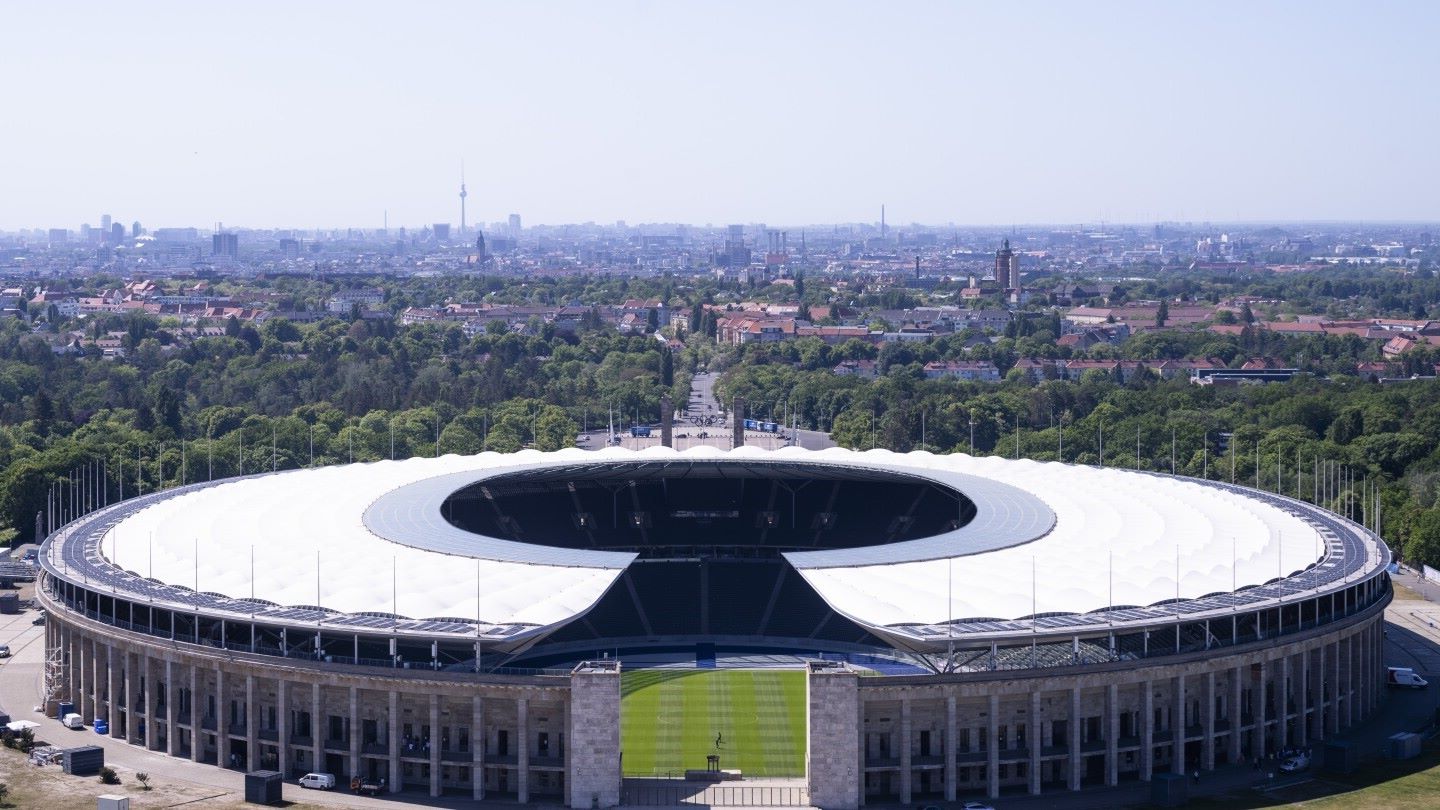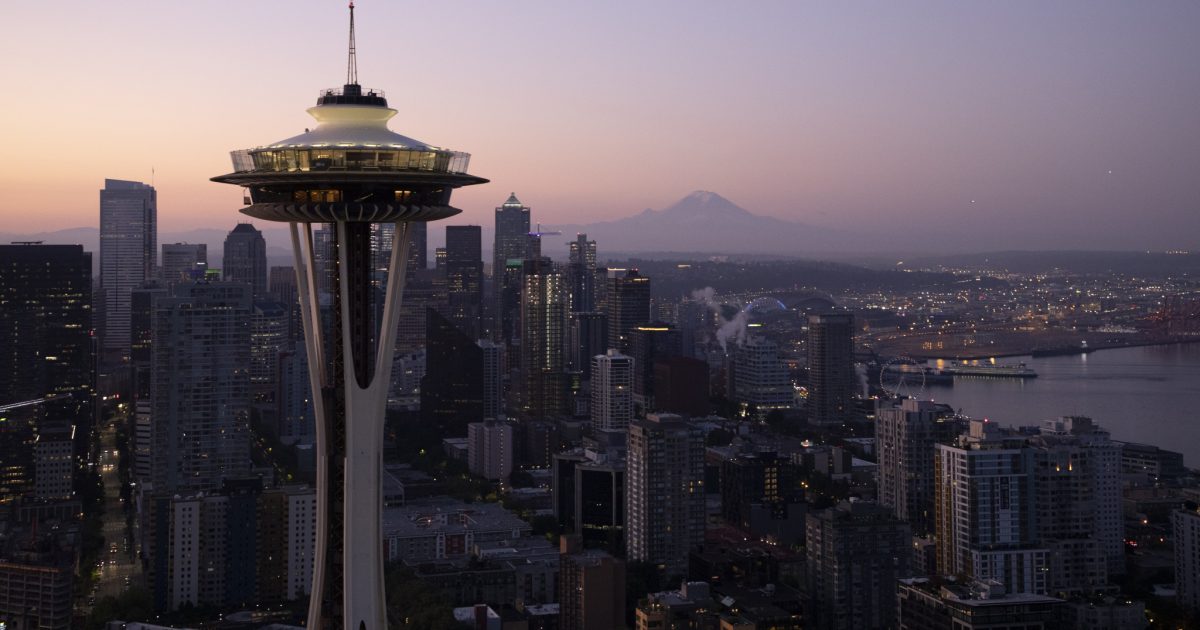
The world of transportation has always fascinated people, whether it be the innovative technologies used or the sheer scale of infrastructure. From ancient trade routes to modern highways, transportation systems have played a vital role in connecting people, goods, and ideas across the globe. In this article, we will delve into the fascinating world of transportation systems and uncover 17 captivating facts that shed light on how these complex networks operate. From the longest bridges to the busiest airports, get ready to embark on a journey through the history, engineering marvels, and interesting quirks that make transportation systems an integral part of our everyday lives. So fasten your seat belts and join us as we uncover some truly remarkable aspects of transportation systems!
Key Takeaways:
- The invention of the wheel revolutionized transportation, allowing efficient movement of goods and people, shaping modern transportation systems as we know them today.
- From the world’s longest highway to the electric car industry, transportation continues to evolve, connecting people and goods across the globe while shaping our world’s infrastructure.
The invention of the wheel is believed to be the foundation of modern transportation.
The wheel, which is estimated to have been created around 3500 BC, revolutionized transportation by allowing efficient movement of goods and people.
The world’s longest highway is the Pan-American Highway.
Stretching over 19,000 miles, the Pan-American Highway connects various countries in North, Central, and South America, providing a vital transportation route.
The Trans-Siberian Railway is the longest railway line in the world.
Spanning approximately 5,772 miles, this railway connects Moscow with Vladivostok, offering an unforgettable journey through diverse landscapes.
The Channel Tunnel linking England and France is the longest underwater tunnel.
With a length of over 23 miles, the Channel Tunnel provides a direct railway connection between the United Kingdom and mainland Europe.
The concept of a driverless car dates back to the 1920s.
Although fully autonomous cars are now becoming a reality, the idea of a self-driving vehicle was first introduced by Francis Houdina in the early 20th century.
The first commercial flight took place in 1914.
On January 1st, 1914, the St. Petersburg-Tampa Airboat Line began scheduled passenger flights, marking the birth of the commercial aviation industry.
The world’s busiest airport is Hartsfield-Jackson Atlanta International Airport.
Located in Atlanta, Georgia, this airport handles millions of passengers each year and serves as a major hub for domestic and international flights.
The bullet train, or Shinkansen, was introduced in Japan in 1964.
Known for its high speed and safety, the Shinkansen revolutionized train travel and set the standard for high-speed rail systems around the world.
The Panama Canal saves ships over 8,000 miles of travel.
By providing a shortcut between the Atlantic and Pacific Oceans, the Panama Canal significantly reduces the time and distance for ships traveling between the two coasts.
The first subway system was launched in London, England.
The London Underground, also known as the Tube, opened in 1863 and became a model for urban mass transit systems in cities worldwide.
Traffic congestion costs the United States billions of dollars each year.
The economic impact of traffic congestion, including wasted time and fuel, is estimated to be around $87 billion annually in the United States alone.
The world’s largest cargo port is the Port of Shanghai.
Handling millions of shipping containers each year, the Port of Shanghai plays a crucial role in global trade and commerce.
The International Space Station orbits the Earth at a speed of approximately 17,500 miles per hour.
Traveling at such a high velocity, the International Space Station completes roughly 16 orbits around the Earth in a single day.
The hovercraft is capable of traveling over land, water, and ice.
These unique vehicles use a cushion of air to glide above the surface, making them versatile for various terrains and environments.
The world’s busiest shipping route is the Strait of Malacca.
Located between the Malay Peninsula and the Indonesian island of Sumatra, this strategic strait serves as a crucial passageway for global maritime trade.
The first successful parachute jump from an airplane was made in 1912.
French aviator Albert Berry made history by successfully jumping from an airplane using a parachute, paving the way for modern skydiving.
The electric car industry is rapidly expanding.
With advancements in technology and increasing environmental concerns, electric cars are gaining popularity and becoming an integral part of transportation systems worldwide.
Conclusion
In conclusion, transportation systems play a vital role in our modern society. From the ancient trade routes to the cutting-edge technology of today, the evolution of transportation has had a profound impact on our lives. It has not only revolutionized the way we move from one place to another but has also connected us in ways we never thought possible.Through this article, we have explored 17 captivating facts about transportation systems. We have discovered the world’s busiest airports, the longest bridges, the fastest trains, and the incredible engineering feats that have shaped our transportation infrastructure. It is impressive to see how human ingenuity and innovation have continually pushed the boundaries of what is possible in the realm of transportation.As we move forward, it is essential to continue developing sustainable and efficient transportation systems. We must strive to reduce our environmental impact, embrace new technologies, and create interconnected networks that can serve the ever-growing transportation needs of our global population.Transportation will continue to evolve, and it will undoubtedly shape the future of our world. It is up to us to navigate this new era responsibly and ensure that transportation remains a force for progress, connectivity, and accessibility for all.
FAQs
Q: What is the most extensive transportation system in the world?
A: The most extensive transportation system in the world is the road network. With hundreds of thousands of miles of highways and roads crisscrossing countries and continents, it is the primary mode of transportation for goods and people.
Q: How fast can the fastest train in the world go?
A: The fastest train in the world, the Shanghai Maglev, can reach speeds of up to 430 kilometers per hour (267 miles per hour). It operates in China and uses magnetic levitation technology to achieve such high speeds.
Q: Which city has the busiest airport in the world?
A: Atlanta, Georgia, in the United States, is home to the busiest airport in the world, Hartsfield-Jackson Atlanta International Airport. It handles millions of passengers and serves as a major hub for both domestic and international flights.
Q: How are transportation systems becoming more sustainable?
A: Transportation systems are becoming more sustainable through the adoption of electric vehicles, the development of public transit systems, the use of alternative fuels, and the implementation of smart technologies to optimize traffic flow and reduce congestion.
Q: What is the purpose of transportation infrastructure?
A: The purpose of transportation infrastructure is to provide safe, efficient, and reliable means of moving people and goods from one location to another. It includes roads, railways, airports, seaports, and other facilities that support the transportation network.
Was this page helpful?
Our commitment to delivering trustworthy and engaging content is at the heart of what we do. Each fact on our site is contributed by real users like you, bringing a wealth of diverse insights and information. To ensure the highest standards of accuracy and reliability, our dedicated editors meticulously review each submission. This process guarantees that the facts we share are not only fascinating but also credible. Trust in our commitment to quality and authenticity as you explore and learn with us.


